In pictures: Stereo MCs' London studio
Rob Birch and Nick Hallam on the gear that makes their studio tick
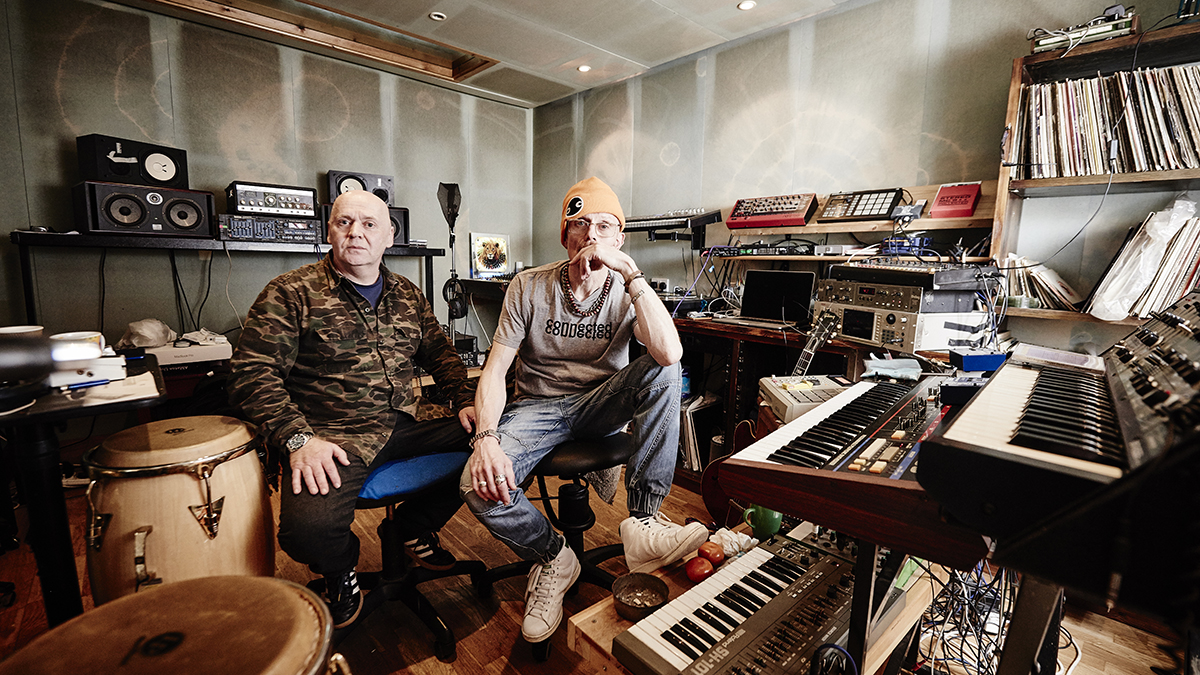
Connected
Anyone who was around in the early ’90s will remember the hypnotic grooves emanating from Stereo MCs’ portfolio of Top 20 hit singles including Connected, Step It Up and Ground Level.
Struggling to deal with the demands that success placed upon them, the band retreated at their peak to set up their own label and publishing company, and remixed the likes of Madonna, U2, Electronic and PM Dawn under the pseudonym Ultimatum.
Headed by founder members, Rob Birch and Nick Hallam, Stereo MCs returned eight years later with a mix album in association with Studio !K7’s DJ-Kicks series. The release triggered a full return to action for the band, with several albums to follow, the latest being the self-assured Emperor’s Nightingale in 2011.
More recently, Birch and Hallam have re-established their relationship with Fetisch of German electronic band Terranova. The collective put out tracks on Stereo MCs’ Gee Street label in the ’90s and have continued their lengthy association by forming their own Connected label. Two collaborative releases have showcased Stereo MCs’ still recognisable sound, moving deeper into the techno sphere – but there’s more to come
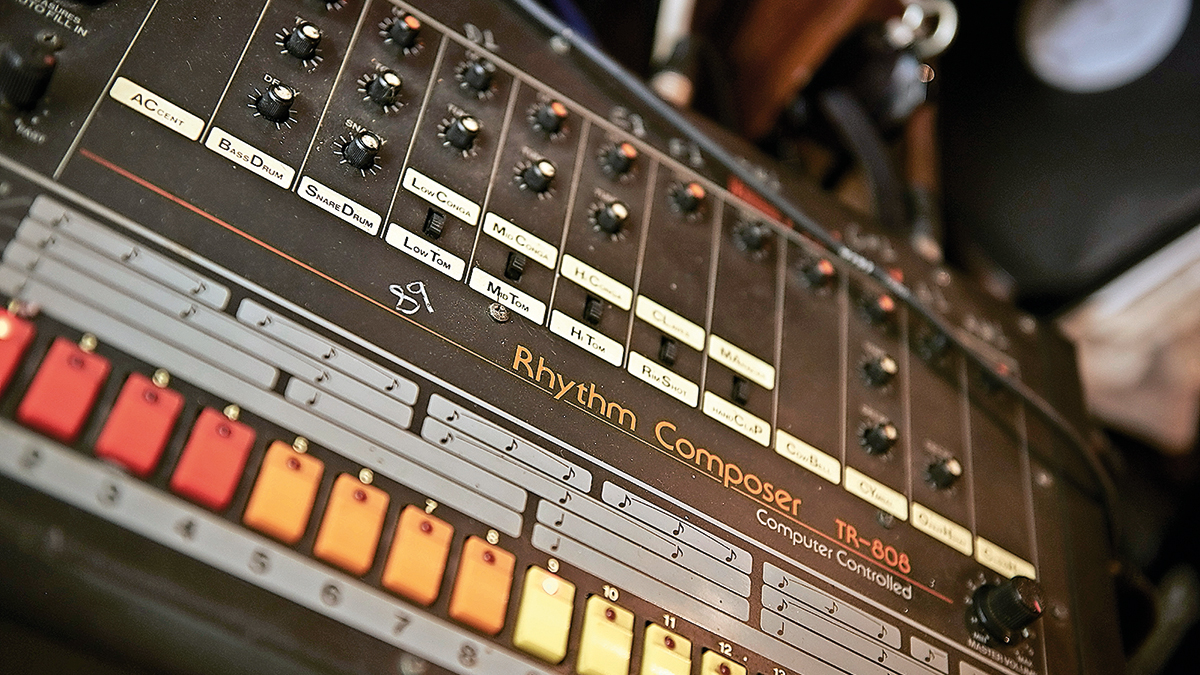
Roland TR-808
It was a totally new language – and we don’t work with manuals. When we first started going to studios, engineers would try and loop our beats up on an Akai, but we’d rather just plug our deck into the Bel delay because it’s got a minute’s memory.
You can edit it up real simple, trigger it from the Roland TR-808 and in two or three minutes you’ve got something that’s roughly in order and tune it up.
For our first two albums, we didn’t even know what tempo we were running at. Everything was done by ear, not by looking at a grid or anything like that.”
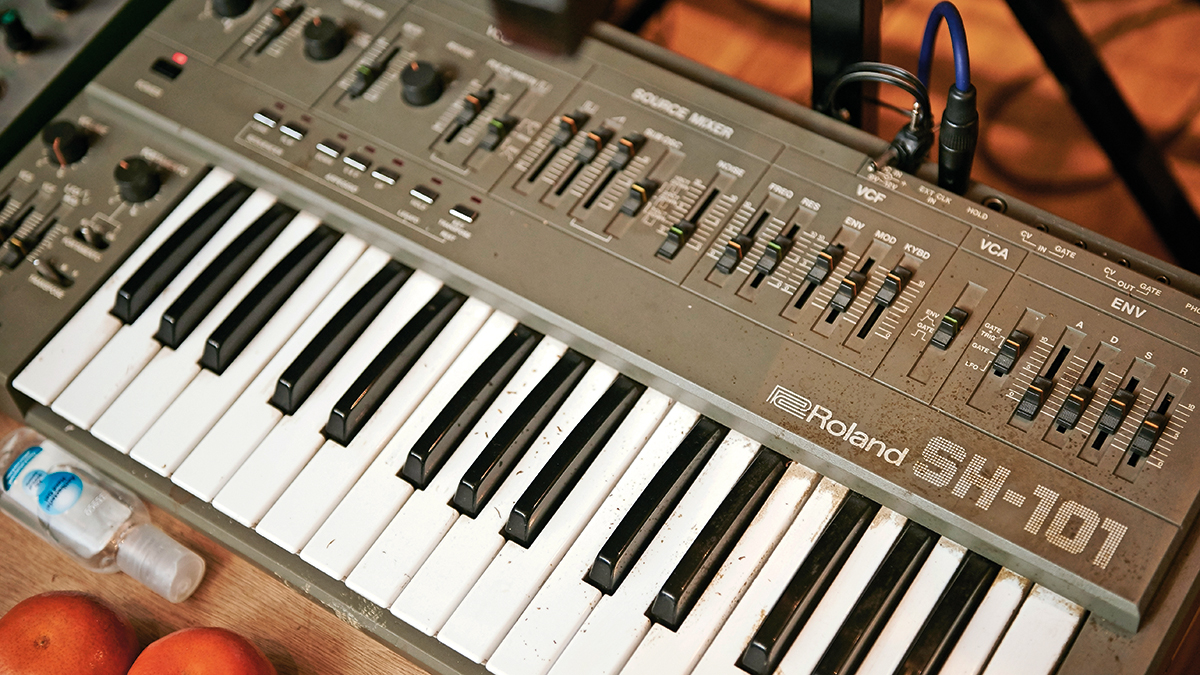
Roland SH-101
“The Roland SH-01 is my favourite; you can link that up to the 808 and you don’t even need MIDI. You just put in your sequence of notes, decide how to trigger them from a drum on the 808 and it triggers your sequence of notes. It’s a really nice way to make a groove.”
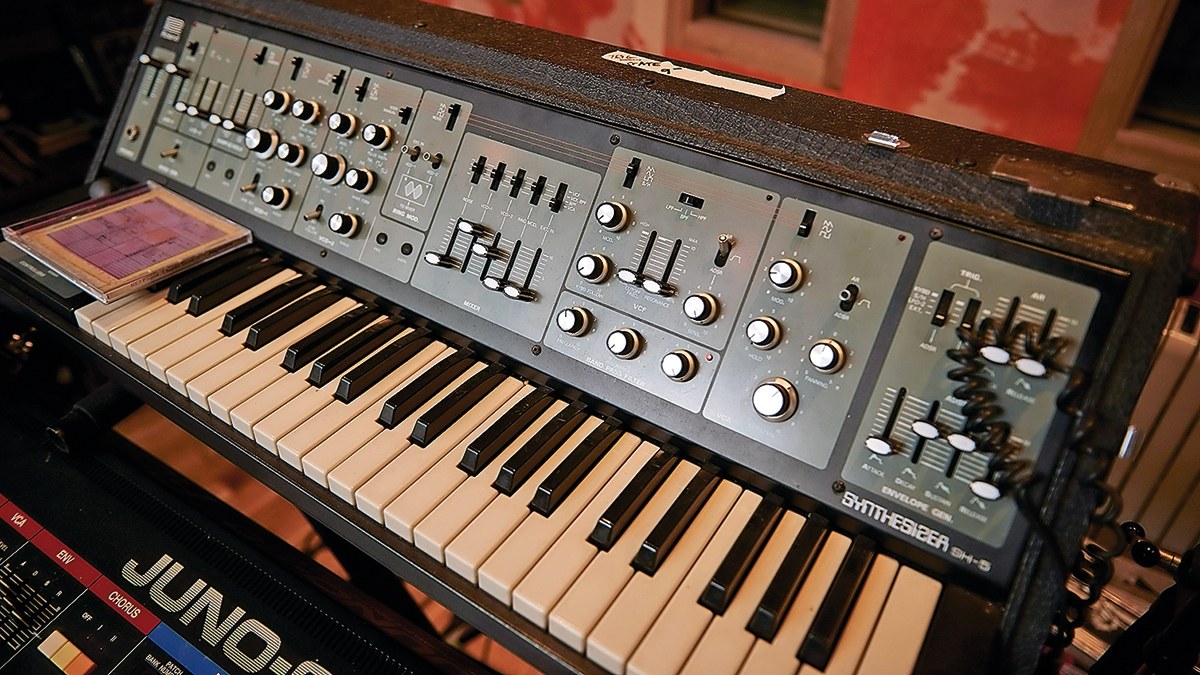
Roland SH-5
We’ve got this Roland SH-5, but you have to use all these MIDI converter boxes. It’s got some nice sounds in it, but it’s pretty hard work. We got that about three years ago from some Polish or Bulgarian builder dude in Forest Hill who was selling loads of gear. He had loads of synths and was a bit frustrated because he had nowhere to set them up.
“The good thing about it is that you haven’t got a clue what you’re doing. If you’re not careful, after half an hour of messing about, just as you’ve got a sound, it will suddenly change everything – so it’s a bit of a freak.”
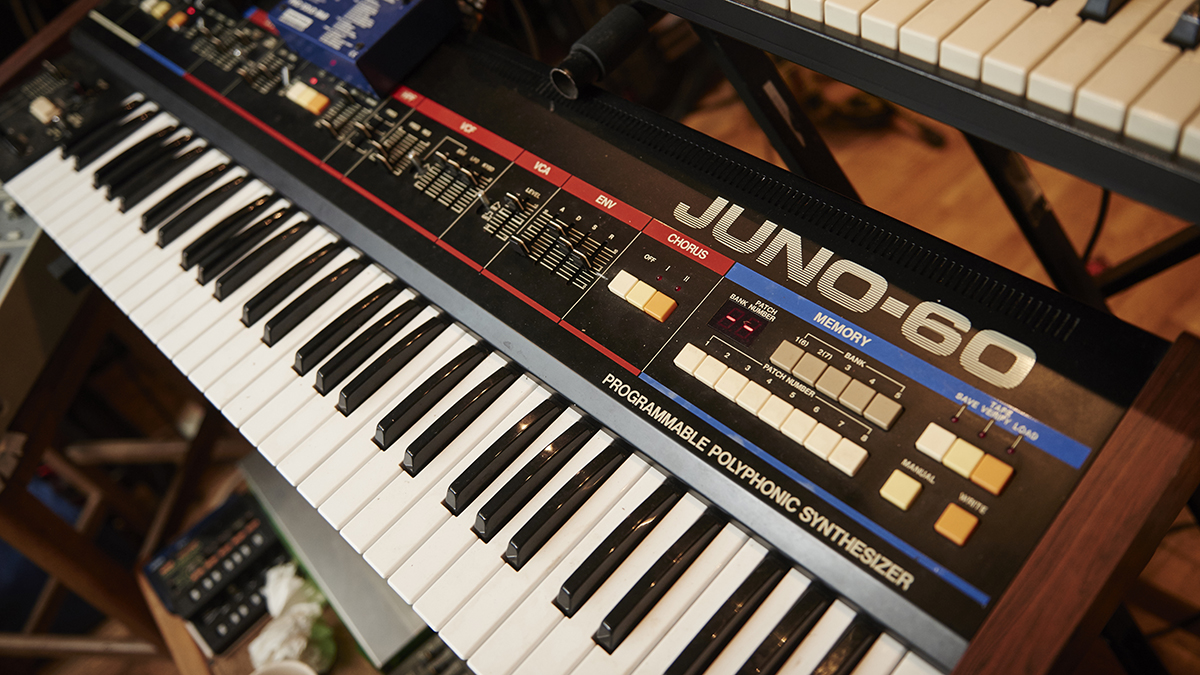
Roland Juno-60
“The Juno-60 is pretty nice, especially for arpeggios, which is what I usually end up using it for – we got that from the same guy.”
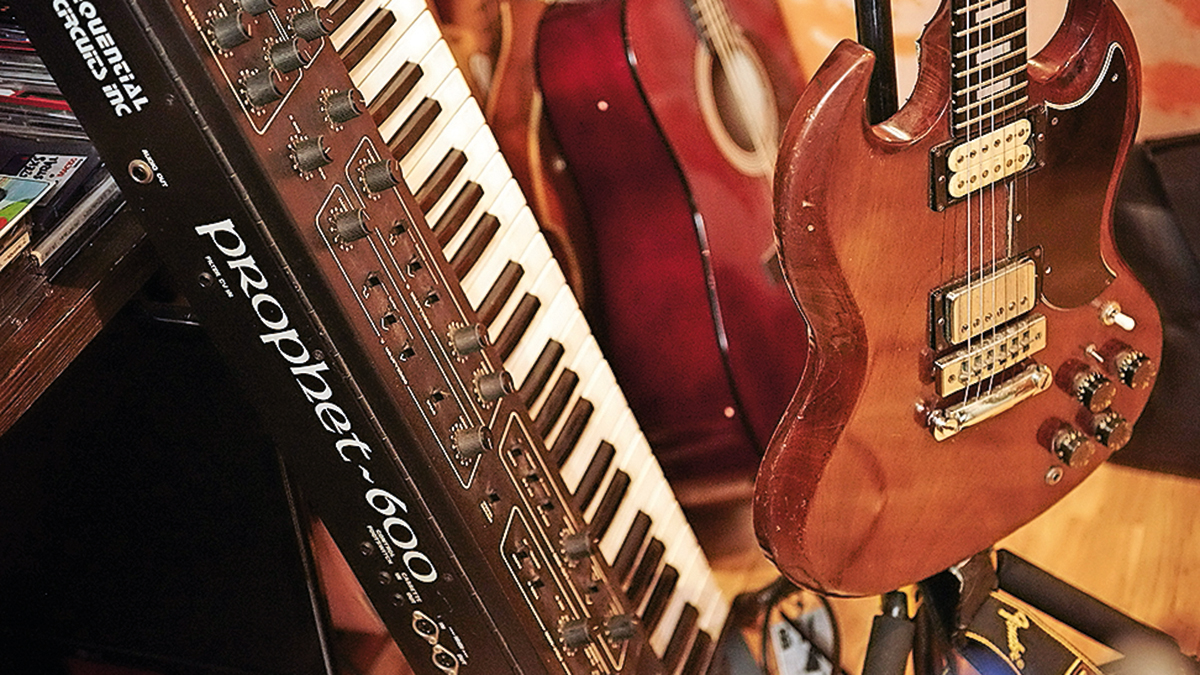
Sequential Circuits Prophet-600
“We’ve got a Prophet 600 down there too, but it needs some serious attention. Sometimes I plug it in to see if I can get something out of it, but it’s out of tune and some of the keys don’t work.”
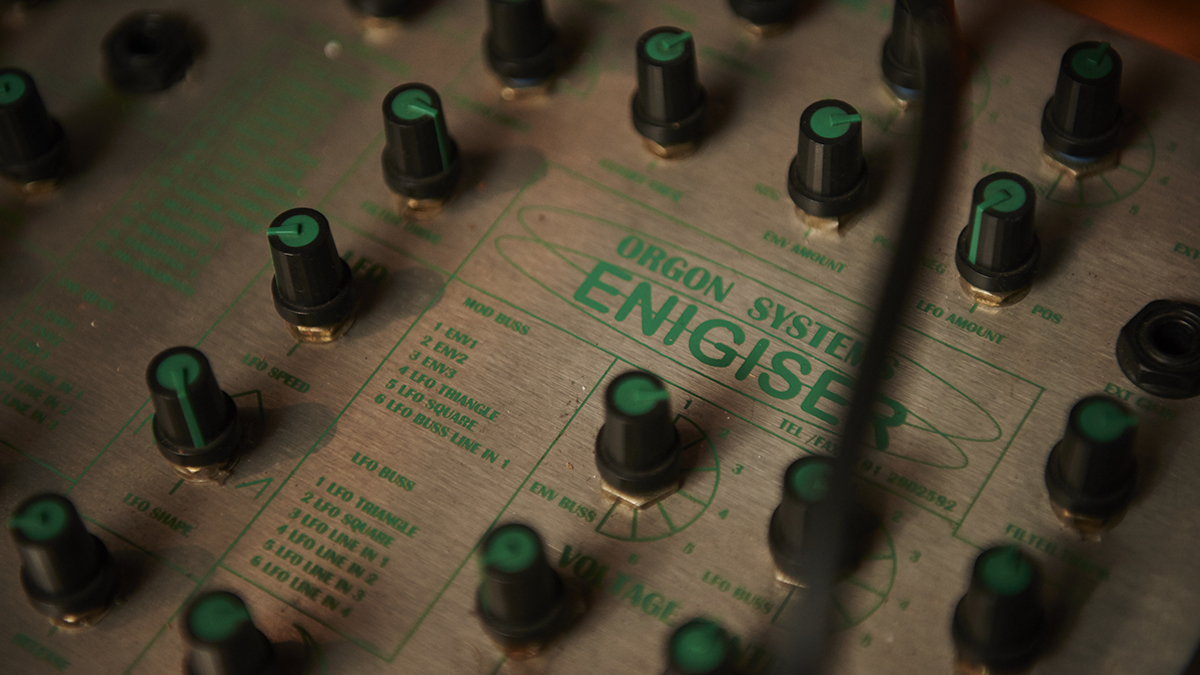
Oregon Systems Enigiser
“This Orgon Systems Enigiser is a funny synth as well; it’s just a basic mono synth. For 15 years, all I could get was one bloody note out of it, then I realised you have to patch it up with CV leads to control the pitch; but it’s quite a cool synth and you can get some alright sounds out of it."
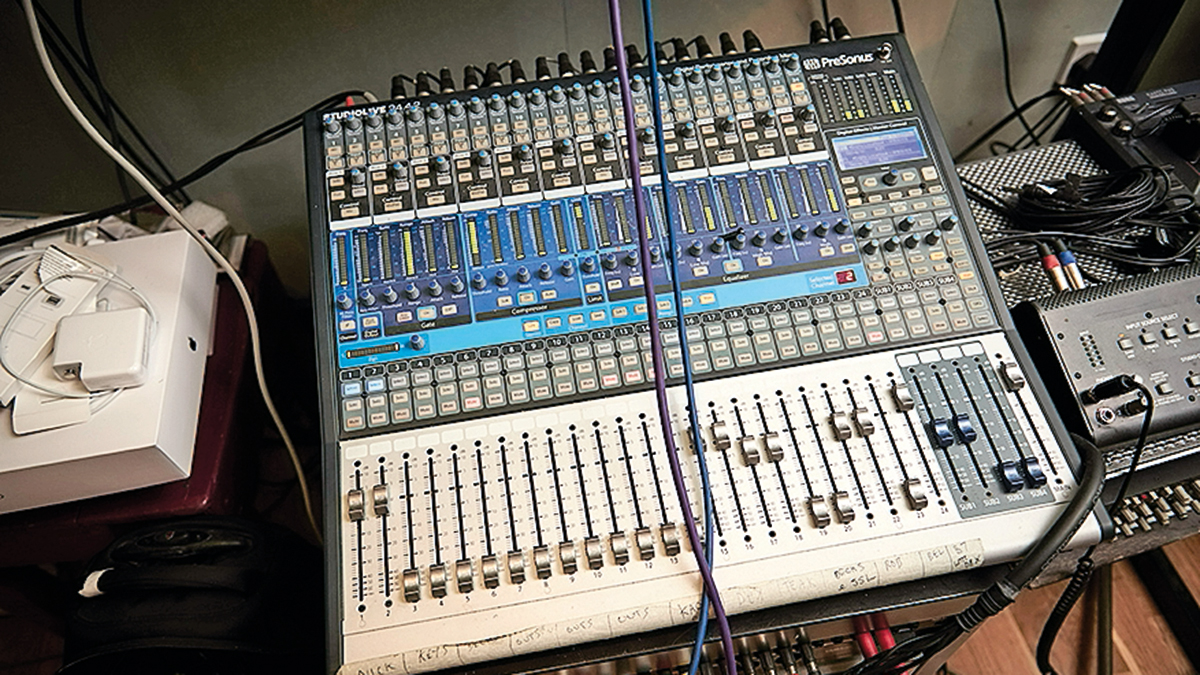
PreSonus StudioLive 16.4.2
“We do tend to keep these various old mixers, but they’re a little bit unreliable and you can never know whether the left or right channels are working properly. But we still use this digital mixer for plugging stuff through.”
“We don’t actually put everything through the separate channels and use it as you would normally use a mixer, but we sometimes like to do that rather than play stuff through the PC; we can just plug instruments in here and fuck around.”
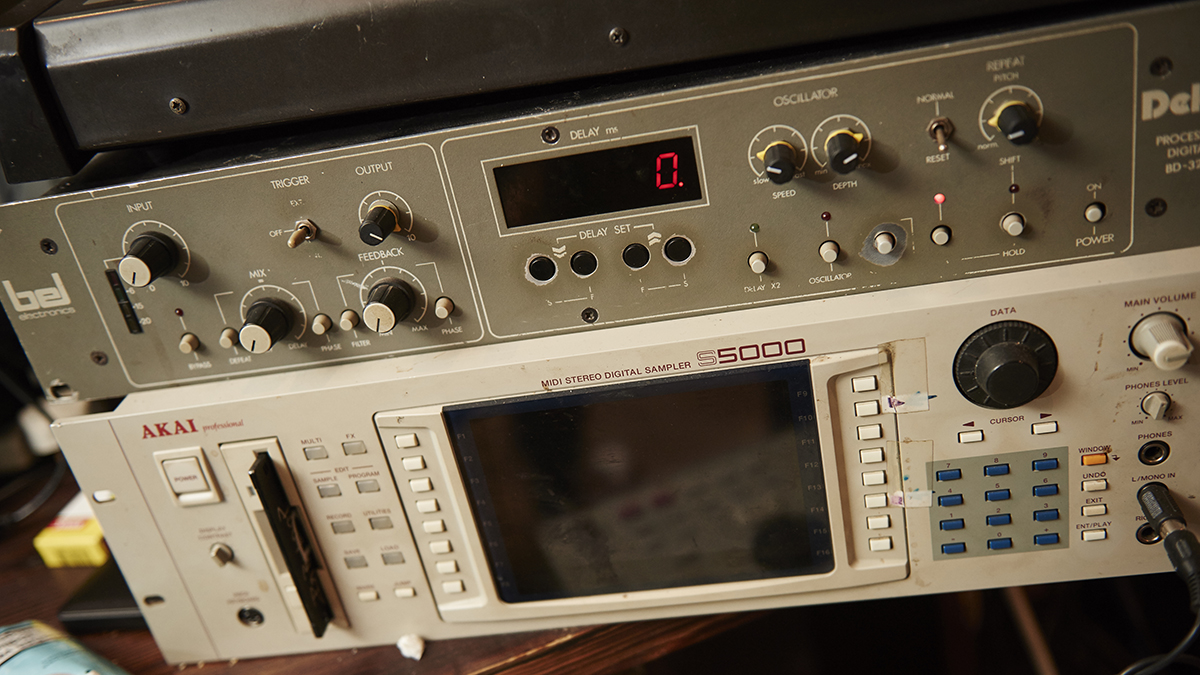
Bel Delay
“All these Bel delays and cheap reverbs still sound great. One thing I find with plug-ins is that reverbs are quite weird, so we’ll just leave the Yamaha Rev 7 digital reverberator on the same setting all the time and have it on a send.
“That’s how we used to make records – you’d just have things hard-wired to faders and they would always be on the same setting.”
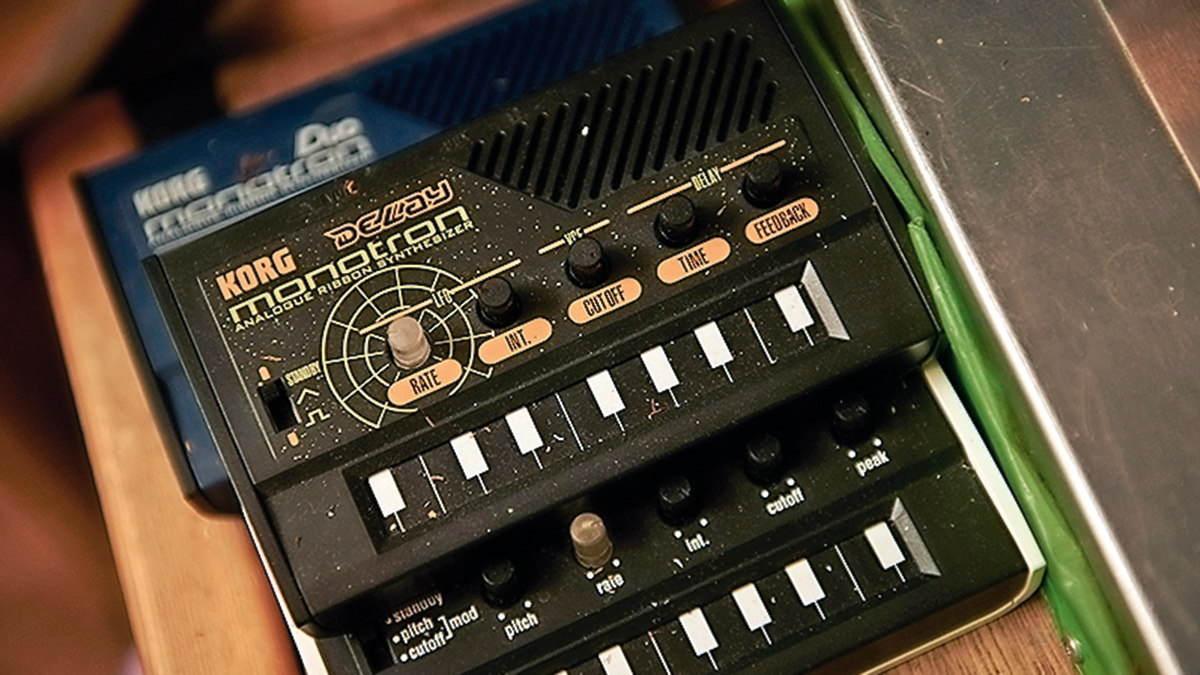
Korg Monotron
“The Monotron is just a baby synth, although we did use it once. They’re alright for mucking about with; you never know when you’ll get a good sound do you?
“I’ve recorded the tube going to Heathrow airport – the sound when you go through the tunnel is really good, so I recorded that and put it in a remix.”

Future Music is the number one magazine for today's producers. Packed with technique and technology we'll help you make great new music. All-access artist interviews, in-depth gear reviews, essential production tutorials and much more. Every marvellous monthly edition features reliable reviews of the latest and greatest hardware and software technology and techniques, unparalleled advice, in-depth interviews, sensational free samples and so much more to improve the experience and outcome of your music-making.











